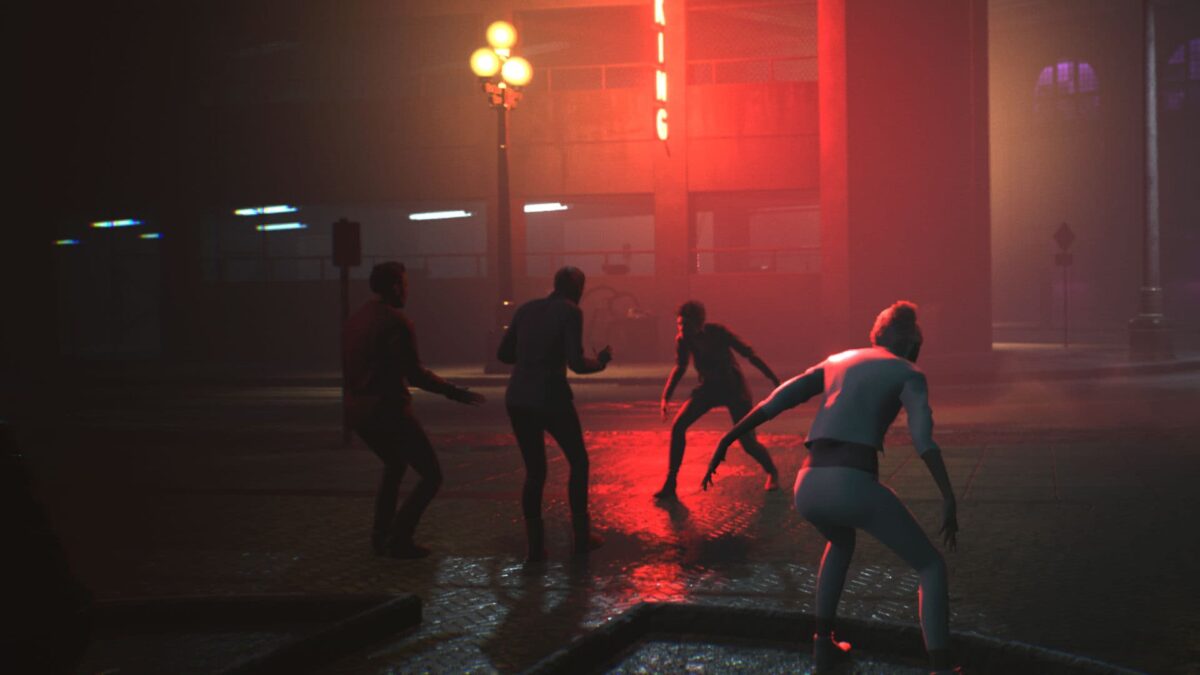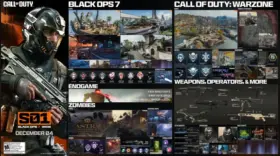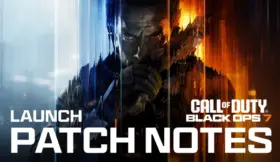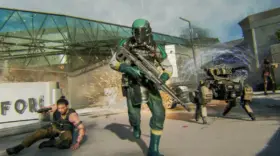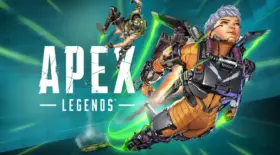Vampire The Masquerade Bloodlines 2 – a tale of development hell, developer changes, and, yes, much anticipation regardless – still, fans of the cult classic original had a lot to be cautious about.
About what’s changed, about what stayed familiar, and why Bloodlines 2 was always destined to fail in the eyes of many die-hard players. The first Bloodlines was ambitious, but ultimately janky as all hell, and it still managed to give players one thing; freedom of choice.
Sadly, it appears Bloodlines 2 takes an entirely different approach. Combat for example is much more cinematic and polished, but it’s also a lot more linear. Gone are the days of juggling lockpicks, guns, and melee weapons like a supernatural swiss army knife.
Instead, the focus has deliberately shifted to vampiric powers, physics, and a lot more precision.
Let’s talk about the best combat tactics and what Bloodlines 2 has to offer in terms of smashing in skulls, flipping enemies around with telekinesis, and sinking your fangs into throats.
Vampire The Masquerade Bloodlines 2 Combat Gameplay
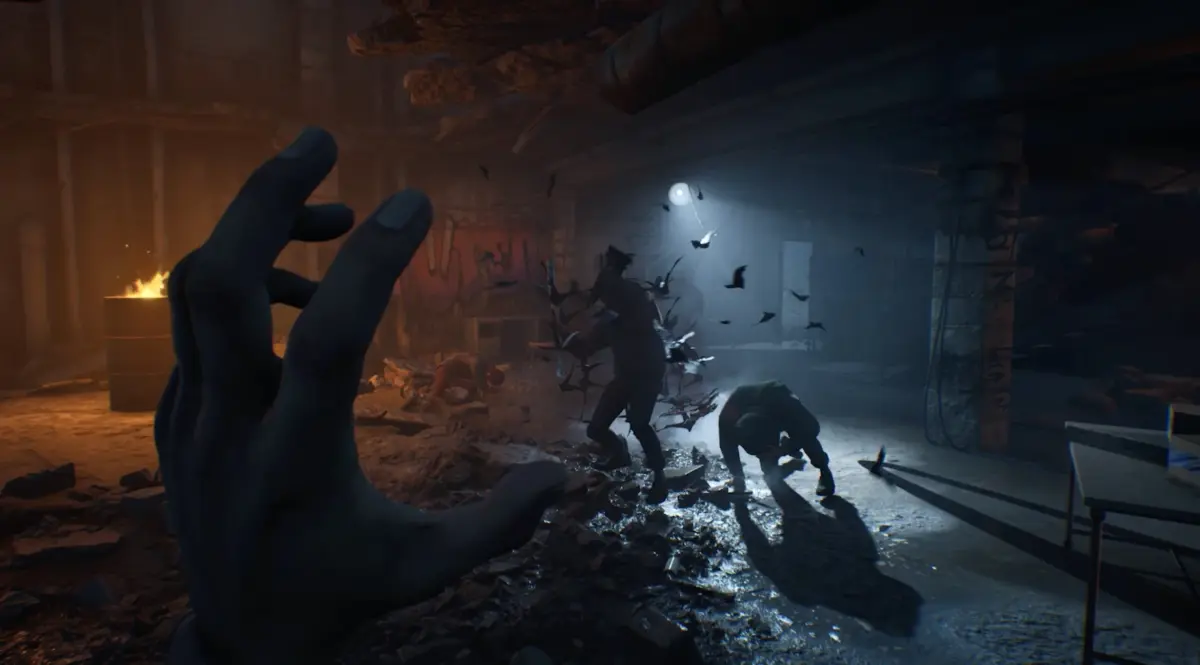
Let’s address the elephant in the blood-soaked room; the lack of weapons to use. The first thing that hits you when diving into combat is how Bloodlines 2 treats the player’s vampirism – not as a background flavor, but as the main mechanic. There are no stat screens or endless weapon upgrades, which arguably does diminish the roleplay factor quite a bit.
Your character also doesn’t stash gear like a hoarder with fangs. Instead, everything revolves around your Disciplines, the vampiric abilities that define your Bloodlines 2 clans and fighting style. While that might be cool for some, we were ultimately disappointed with the lack of weapons, since they were so integral to the first Bloodlines – but alas, this is what we got. Let’s talk about how combat works, then.
For instance, each clan handles combat differently. A Brujah might pulverize a foe with brute force, while a Tremere manipulates blood itself to freeze, burn, or drain life from enemies mid-fight. You can still grab weapons telekinetically from enemies – a slick, almost dishonored-like twist, granted – but they’re fleeting tools, not items you carry. Once the weapon’s out of ammo, it’s gone.
That’s a big shift from the original game’s arsenal of shotguns, pistols, and melee weapons. It’s flashier and cleaner, but some might find it restrictive. You no longer build a loadout; you adapt on the fly, which is in line with being an elder vampire, but it is still something returning players have to be aware of when diving into combat in Bloodlines 2. So what powers does Phyre use to disable and destroy their enemies?
Powers Vs Guns
As discussed, powers are everything in Bloodlines 2. Where the first Bloodlines used these as sort of special attacks, in the second entry these powers are your combat system. At first, you’ll start unlocking powers that are intrinsically tied to your chosen clan, and as expected, each clan comes with their own flavor. If you’re part of the banu Haqim, you might take a more stealthy approach, while the Tremere use their blood magic to dominate.
Using abilities feels a bit more smooth and more immediate, since this time around, your main combat system revolves around just these. You can pull enemies towards you, throw them across the battlefield, and subsequently slam them into walls, and we have to admit – the impact and overall feedback we get when doing so is excellent. Another cool addition is the environment, as it becomes part of the fight itself: Chandeliers, furniture, hell, even corpses can be turned into deadly projectiles, if you’r creative – and macabre – enough.
There is still a tradeoff, as with much of what Bloodlines 2 has to offer. You do not level up in the traditional way, so there are no skill trees and no stat management.
It might be liberating for players who just want a great, vampiric action adventure, but old-school RPG fans may miss the mechanical depth and freedom of choice of customizing builds, thus creating your own fantasy of a vampiric fever dream. Combat has shifted from number-crunching to a more action-oriented execution that is based on timing, reflexes, and the knowledge of your individual powers.
Is There Stealth in Bloodlines 2?
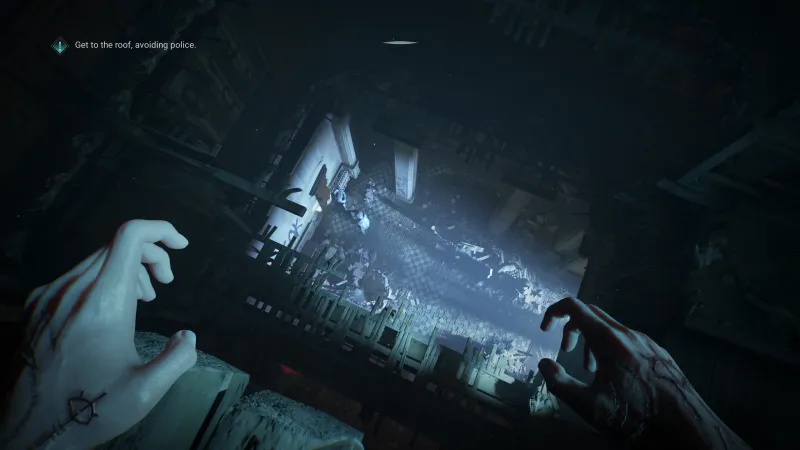
Another big departure from the original is the diminished role of stealth, hacking, and lockpicking for that matter. In the 2004’s game by Troika, clever and observant players could bypass entire encounters by sneaking, seducing, intimidating, or simply rewiring a found security system. Again, sadly, in Bloodlines 2 those non-combat skills are more flavor than anything else, and might as well not be present at all.
You can still approach an encounter quietly, but avoiding combat altogether isn’t possible at all – the game is way too scripted for that.
Eventually, you’ll have to throw down and show your fists – or claws, as it were. It’s a design choice that makes fights feel unavoidable, and, at times, a tad repetitive, but from a lore perspective it does make sense. We just wish that Phyre had a few more tricks up their bloody sleeves when it comes to combat encounters – as much fun as the new combat system is.
The key to the combat loop is rhythm, and it yet again sets itself apart from the original that way. True, the originals combat system was nothing to write home about, and especially the focus on guns in later chapters – even if you didn’t spec into firearms at all – was a byproduct of the rushed development cycle, so for all you Bloodlines purists out there: VTMB: Bloodlines’ combat was never good, just to get that out of the way.
This time around, you’ll weave basic melee attacks with discipline powers, stringing combos together to fancily – and brutally – dispatch your foes.
Mix in the obligatory blood-sucking motion to refill your blood reserves, and we can’t deny that the combat flow is excellent here – once you get used to the mechanics, that is.
Combat in Bloodlines 2
Thematically, the new system works. Bloodlines 2 leans into the idea that your character is powerful but compromised. A predator struggling to stay hidden in a city that doesn’t tolerate monsters, truly. Combat reflects that: visceral, stylish, but stripped of human warmth. You’re not role-playing as a vampire pretending to be human anymore. You are the vampire, claws out, no disguise.
It’s also worth noting how combat ties into the game’s morality system. Excessive feeding or brutal kills still affect your standing in the world. You can’t just paint Seattle red without consequences – your Masquerade violations have ripple effects, even if combat itself feels less reactive than before.
Each encounter encourages movement, and standing still often is a death sentence, especially on higher difficulties. Armed humans are a real threat, so you’ll need to stay on your feet, teleport behind enemies, and yank their firearms out of their hands, in order to gain the upper hand. It’s a great and kinetic loop, which leaves us wondering if Arkane Studios had their blinking hands in it, and leaves Troika’s relict of a combat system far behind it.
Still, this evolution means that combat feels a lot more scripted than it did all the way back in 2004. No more crouching through vents or improvising with a fire extinguisher, now it’s time to look good while killing – making this design choice both the appeal and the limitation of Bloodlines 2.
